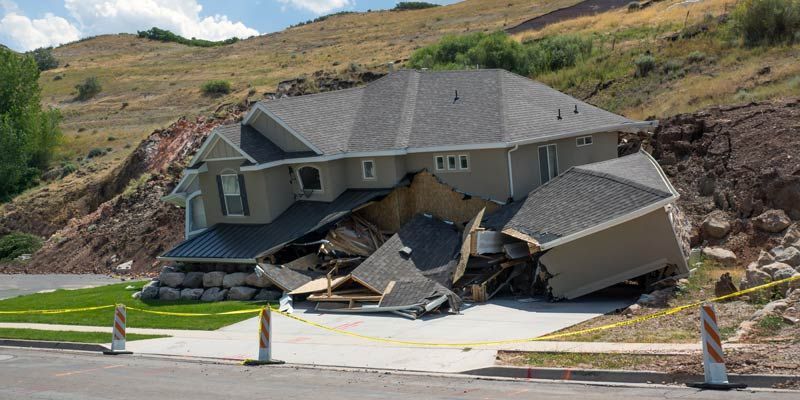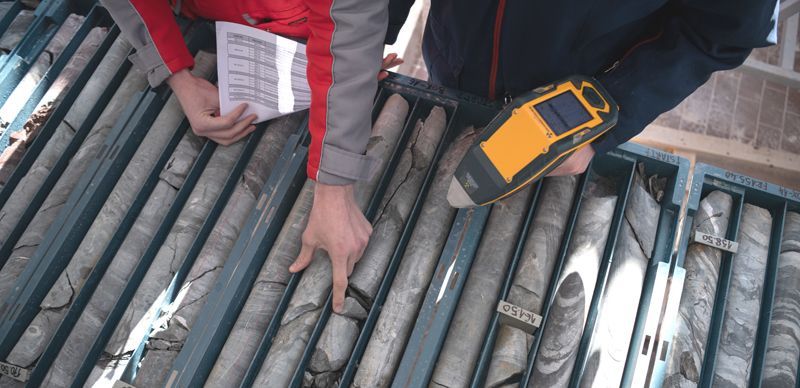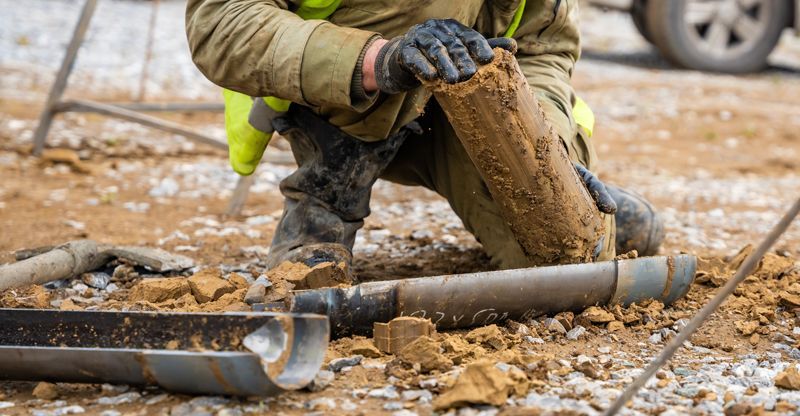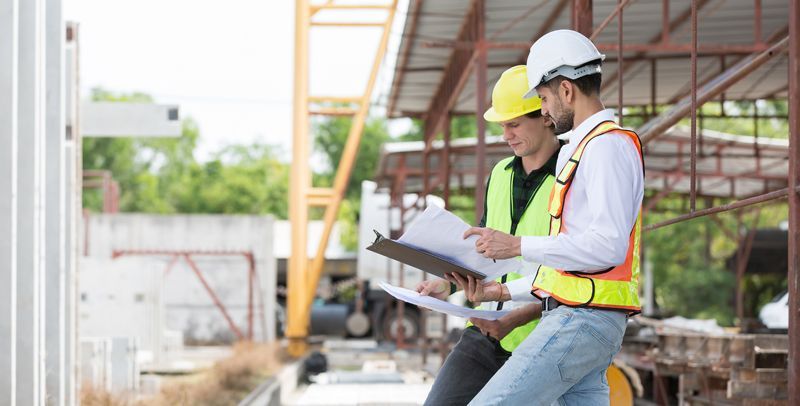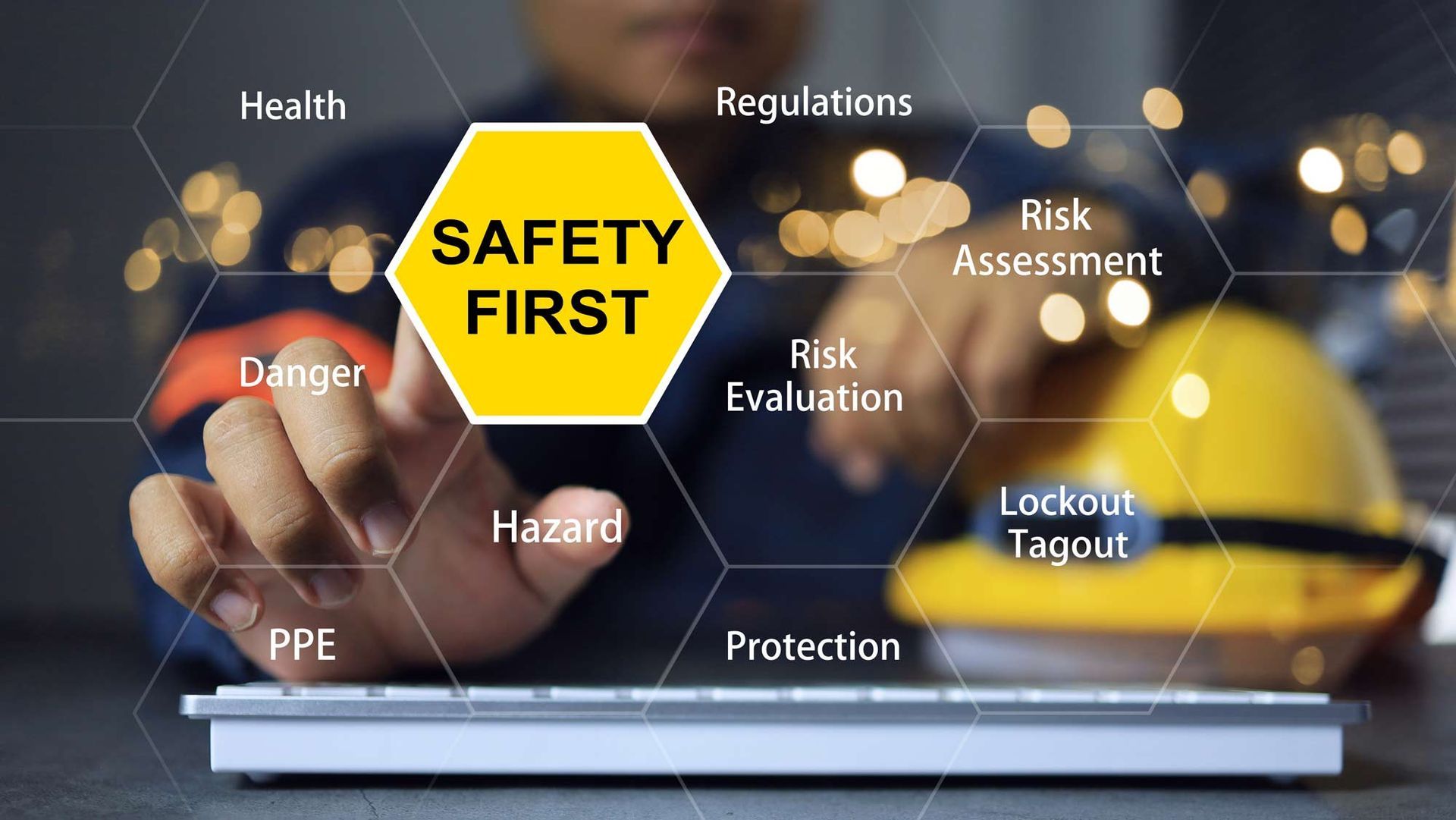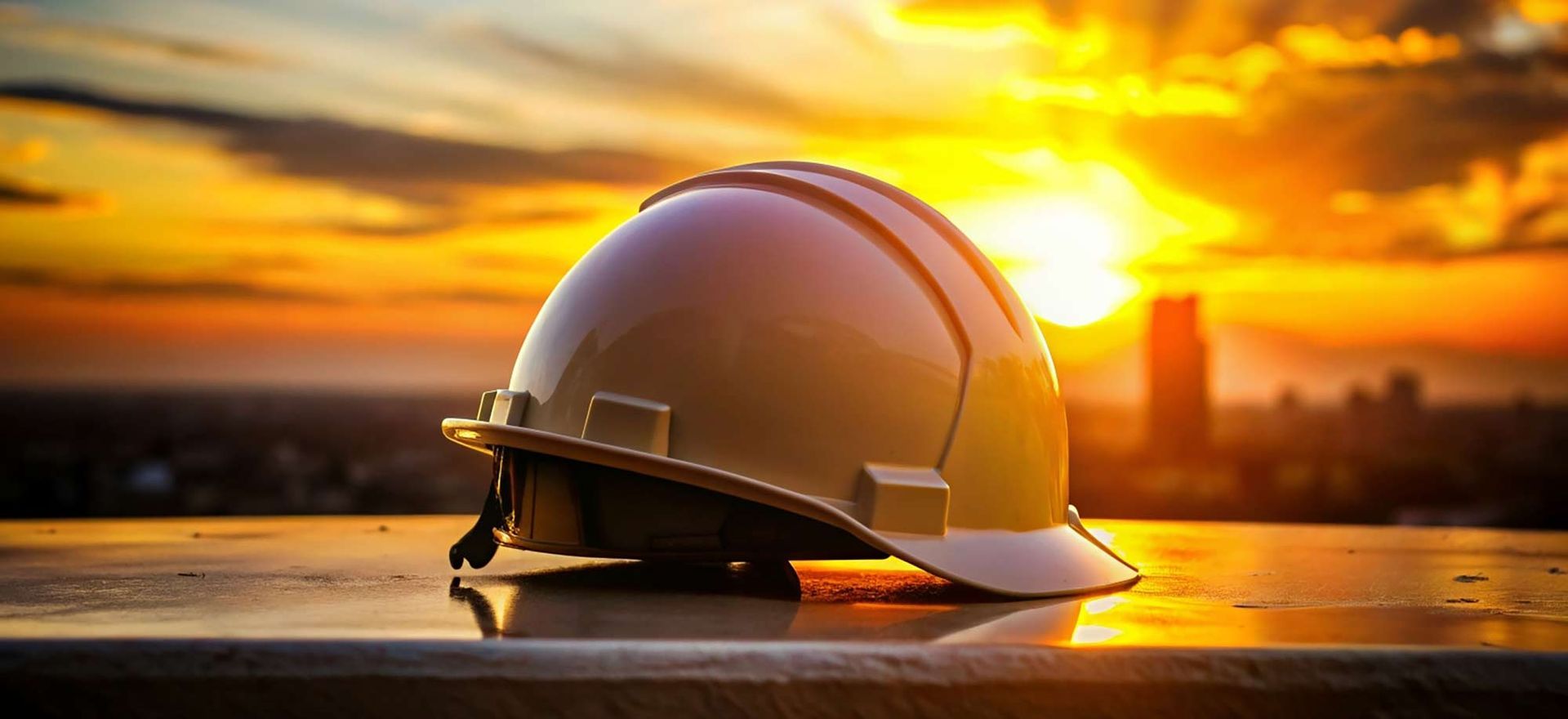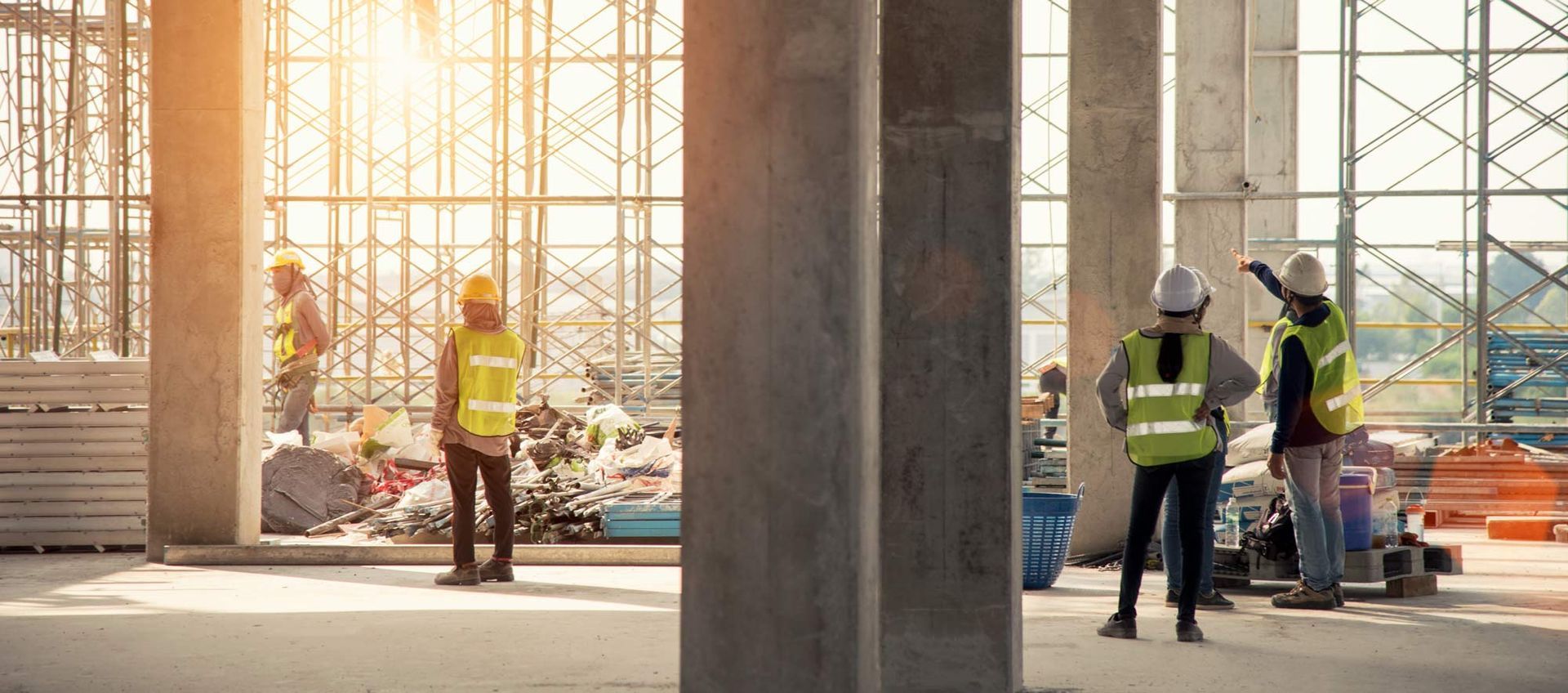Techniques for Soil Stabilization: Enhancing Ground Strength

The Foundation of Strength: The Crucial Role of Soil Stabilization in Construction Projects
The integrity of any construction project begins with the ground it stands on. Whether building bridges, highways, or commercial structures, soil stabilization is a critical factor in ensuring the strength and durability of infrastructure. This process, essential in modern engineering, transforms weak or unstable soil into a reliable foundation that can bear loads and resist environmental pressures. From methods rooted in tradition to innovative solutions, soil stabilization techniques have become indispensable in the pursuit of sustainable construction and development.
What Is Soil Stabilization?
At its core, soil stabilization refers to the process of improving soil properties to enhance its strength, stability, and load-bearing capacity. The practice involves modifying the natural characteristics of soil, making it suitable for construction and preventing structural failure over time. Factors like water content, soil particle composition, and external pressures can often make natural soil an inadequate base. Stabilization techniques provide tailored solutions to address these challenges, optimizing the soil for long-term use.
Engineers rely on these techniques for various projects, ranging from roadways subject to heavy traffic to levees that must withstand floodwaters. Whether the goal is to increase the soil's resistance to erosion or to reduce its permeability, effective stabilization techniques are central to both performance and sustainability.
Key Techniques for Soil Stabilization
Advancements in soil stabilization have introduced diverse methods, each suited to specific soil types and project requirements. Below is an exploration of the most widely used techniques in construction and engineering.
Mechanical Stabilization - Mechanical stabilization involves changing the physical properties of soil by altering its particle size distribution or density. This method often includes compacting the soil or blending it with coarser materials like gravel or sand to improve cohesion and stability. For example, in road construction, layers of compacted soil are used to reinforce subgrades, increasing their ability to support the weight of pavement and vehicles. The densification process minimizes voids in the soil, reducing the risk of settlement or cracking over time.
Chemical Stabilization - Chemical stabilization uses additives to bind soil particles and improve their strength and durability. Common chemical agents include lime, cement, and fly ash, each offering unique benefits for soil modification.
Lime Stabilization - Lime reacts with the clay particles in soil to decrease shrink-swell potential and boost load-bearing capabilities. It's particularly effective for highly plastic soils prone to expansion and contraction under changing moisture conditions.
Cement Stabilization - By mixing cement with soil, engineers create a semi-rigid material that functions much like concrete. The resulting strength makes cement stabilization ideal for foundations, highways, and airport runways.
Fly Ash Stabilization - Fly ash, a byproduct of coal-fired power plants, is often combined with lime or cement to stabilize soil. Beyond offering mechanical strength, it contributes to sustainable practices by recycling industrial waste.
Chemical stabilization techniques are especially valuable in projects requiring quick application and lasting results, such as repairing erosion-prone shoulders of highways or preparing land for industrial facilities.
Geosynthetics
Geosynthetics are synthetic materials that augment natural soil to improve its performance. These materials, which include geotextiles, geogrids, and geomembranes, are commonly used in modern engineering to solve various ground stabilization challenges.
- Geotextiles act as barriers or filters, enhancing drainage and preventing soil erosion.
- Geogrids strengthen soil by creating a reinforcing framework that distributes loads evenly.
- Geomembranes are impermeable liners used in containment systems or to prevent water infiltration.
Geosynthetics offer a non-invasive alternative to traditional soil stabilization techniques. Their flexibility in design and ease of installation make them ideal for large-scale projects like retaining walls, railway beds, and landfill management.
Biological Stabilization
Biological stabilization leverages vegetation to stabilize soils, particularly in areas prone to erosion. Plant roots bind soil particles together, reducing runoff and the impact of wind or water forces. This environmentally friendly method is commonly applied in slope stabilization and coastal management projects, where maintaining ecosystem health is as important as creating a stable foundation.
By providing natural reinforcement, biological methods also improve soil fertility and structure over time, aligning with sustainable development goals in construction.
Thermal Stabilization
Although less common, thermal stabilization involves heating or cooling soil to alter its properties. This technique is often used in areas requiring temporary stabilization, such as when constructing roads in permafrost regions. Freezing soil helps minimize movement during the construction phase, safeguarding projects against unexpected failures.
Thermal methods are highly specialized and typically reserved for regions where conventional stabilization techniques are less effective.
Nanotechnology in Soil Stabilization
Emerging technologies like nanotechnology are revolutionizing soil stabilization practices. Nanomaterials, due to their incredibly small particle size, penetrate the soil at a microscopic level, enhancing its properties far beyond traditional methods.
Nano-silica, for instance, is a promising material that increases soil compaction and water resistance. While still an evolving practice, nanotechnology has immense potential to improve the efficiency and sustainability of soil stabilization efforts.
Applications in Modern Engineering Projects
The diversity of soil stabilization techniques allows engineers to tailor solutions to meet a wide range of construction challenges. Here are some noteworthy applications:
- Road and Highway Construction - Stabilization ensures that roadbeds can handle the stress of heavy traffic and resist deformation over time. Chemical and mechanical techniques are particularly common in this field.
- Foundations - For buildings with deep or shallow foundations, stabilized soil provides the necessary load-bearing capacity to prevent settlement or failure.
- Slope Protection - Combining biological methods with geosynthetics creates effective solutions for preventing landslides and retaining soil on steep slopes.
- Flood Control - Repairing levees or creating soil structures to manage water flow often requires chemical stabilization to reduce permeability and strengthen the soil.
- Land Restoration - Projects aimed at rehabilitating eroded or degraded lands frequently use biological stabilization to promote soil health while preventing further damage.
The Role of Soil Stabilization in Sustainable Development
Beyond providing a stable foundation for construction, soil stabilization techniques play a key role in supporting sustainability goals. Many of these methods reduce environmental impact by utilizing recycled materials, reducing resource consumption, and minimizing waste.
For example, using fly ash not only enhances soil strength but also diverts industrial byproducts away from landfills. Biological stabilization further contributes to ecological balance by integrating vegetation into construction design. These approaches exemplify how engineering and environmental stewardship can coexist, paving the way for resilient and eco-friendly infrastructure.
Final Thoughts
The significance of soil stabilization in engineering cannot be overstated. It underpins the durability, safety, and sustainability of countless construction projects worldwide. By leveraging a range of techniques—from mechanical and chemical methods to groundbreaking nanotechnology—engineers can adapt to varying soil conditions and project demands. More importantly, these practices embody the industry's shift toward greener and more sustainable solutions, ensuring that the legacy of modern infrastructure endures for generations to come.
Investing in advanced soil stabilization not only enhances ground strength but also lays the foundation for thriving communities and sustainable progress. With an unwavering focus on innovation, firms like Kagaoan Engineering continue to lead the way in building a stable and resilient future.


